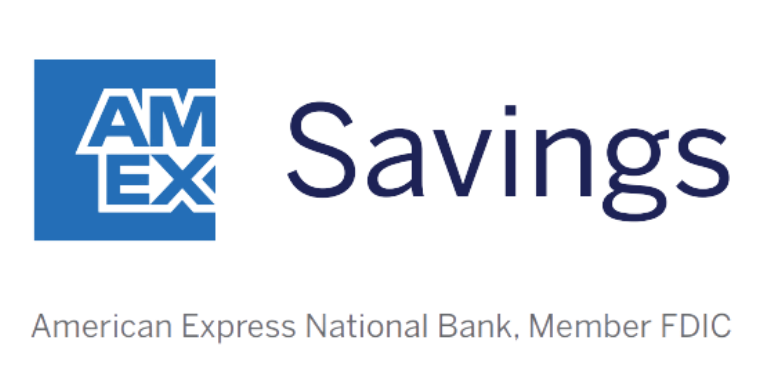KEY POINTS
- Checking accounts earn little to no interest.
- Not taking advantage of the stock market will hurt your long-term savings.
- Avoid impulse purchases!
Your checking account needs to be a financial tool, not a storage unit. It's great to have enough money to cover bills and day-to-day spending, but if you're sitting on a big balance, you're almost certainly leaving money on the table.
Here's how to tell if you're keeping too much cash in your checking account -- and what to do about it.
1. You're missing out on easy interest earnings
Be honest -- when was the last time you looked at your checking account's interest rate? If it's anything like the typical rate, you're probably earning less than 1.00%. In fact, it's likely less than 0.05%. Meanwhile, high-yield savings accounts are offering 4.00% or more.
Think about it: If you've got $10,000 parked in your checking account earning 0.01% interest, that's a whopping $1 per year. Move that same money into a high-yield savings account, and you could be looking at around $400 in interest. That's money you don't have to work for -- it's just sitting there, growing.
Our Picks for the Best High-Yield Savings Accounts of 2025
| Product | APY | Min. to Earn | |
 American Express® High Yield Savings Member FDIC. APY 3.70% Rate info 3.70% annual percentage yield as of March 24, 2025. Terms apply. Min. to earn $0 Open Account for American Express® High Yield Savings On American Express's Secure Website. | 3.70% Rate info 3.70% annual percentage yield as of March 24, 2025. Terms apply. | $0 | Open Account for American Express® High Yield Savings On American Express's Secure Website. |
 CIT Platinum Savings Member FDIC. APY 4.10% APY for balances of $5,000 or more Rate info 4.10% APY for balances of $5,000 or more; otherwise, 0.25% APY Min. to earn $100 to open account, $5,000+ for max APY Open Account for CIT Platinum Savings On CIT's Secure Website. | 4.10% APY for balances of $5,000 or more Rate info 4.10% APY for balances of $5,000 or more; otherwise, 0.25% APY | $100 to open account, $5,000+ for max APY | Open Account for CIT Platinum Savings On CIT's Secure Website. |
 Capital One 360 Performance Savings Member FDIC. APY 3.70% Rate info See Capital One website for most up-to-date rates. Advertised Annual Percentage Yield (APY) is variable and accurate as of Feb. 6, 2025. Rates are subject to change at any time before or after account opening. Min. to earn $0 Open Account for Capital One 360 Performance Savings On Capital One's Secure Website. | 3.70% Rate info See Capital One website for most up-to-date rates. Advertised Annual Percentage Yield (APY) is variable and accurate as of Feb. 6, 2025. Rates are subject to change at any time before or after account opening. | $0 | Open Account for Capital One 360 Performance Savings On Capital One's Secure Website. |
Keep what you need for monthly bills and a little cushion in checking. Move the rest into a high-yield savings account where it can actually work for you.
2. Your money isn't growing the way it could
It's not just about earning interest -- your money could be growing even more if it were invested. Over the long term, the S&P 500, a collection of the 500 biggest publicly traded companies, has returned an average of 10% annually.
If you've got an extra $20,000 just sitting in checking, you're potentially missing out on thousands of dollars in growth. That's money that could go toward a house, retirement, or even a dream vacation down the line.
Consider this: $20,000 sitting in a checking account earning 0.01% interest would leave you with a balance of $20,20.01 after 10 years. Meanwhile, in an investment account earning a return of 10%, you'd have a whopping $51,874.85 at the end of that 10 years. The winner is clear.
Once your emergency fund of three to six months of expenses is set, consider investing extra cash in a brokerage account. A simple index fund or ETF can help your money grow.
3. You're tempted to spend it
Let's be real -- when you see a big number in your checking account, it's tempting to spend it. It's easy to justify splurges when your balance looks healthy, but that extra cash could be better used elsewhere.
Think about the last time you made an impulse purchase. Would you have spent that money if it were in a savings or investment account instead? Probably not.
Set up automatic transfers to savings and investments so the money leaves your checking account before you even see it. Out of sight, out of temptation.
A high-yield savings account might earn up to 400% more interest than your checking account. Visit our list of best high-yield savings accounts now to maximize your interest earnings.
Let your money finally start working for you
Keeping too much cash in your checking account might feel safe, but it's actually costing you in lost interest, missed investment opportunities, and unnecessary spending. The fix? Keep what you need for regular expenses and move the rest to a place where it can grow.
Not sure where to start? Check out high-yield savings accounts. Alternatively, consider opening an account with an online stock broker. A few small moves today can set you up for much bigger gains in the future.
Comments